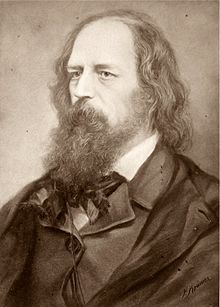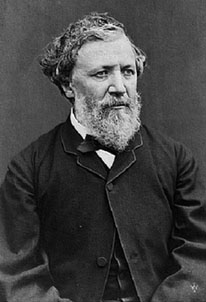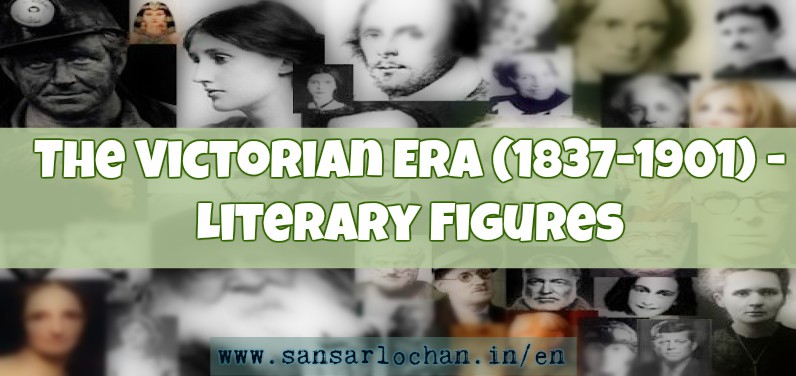The period of the British queen Victoria’s reign (1837-1901) is called Victorian Age. The Victorian era was an era of progress and prosperity. There was contentment and self-satisfaction. The prevalent philosophy was utilitarianism. The people aimed at material progress. They were optimist and complacent. But in the realm of literature, there was great mental strife and spiritually they were greatly agitated. By the publication of Darwin’s theory of Evolution, people received a shock. Their mental horizon was completely changed. Old views were losing ground and new ones were to be created or old ones were to be remolded. Interests in the past ages was again revived. Tennyson, Arnold and Swinburne reincarnated classical myths, and Arnold completely identified himself with the Greeks and the art of Arnold subjectively grew to be Greek.
On the whole the literature of Victorian era breathes a spirit of optimism by laying stress on the fixed codes of morality and conventions, sticking to old orthodox ideas and expressing a general satisfaction on the material progress of Victorians.
Literary figures in the Victorian era
In the Victorian era, in the field of poetry, Tennyson and Browning are the leading figures.
Tennyson

Tennyson wrote much. There was hardly an subject left, on which he did not write. He was an architect in words, a great craftsman of verse. In his poems there is music, lot of imagery and sense of romance. In depicting a mood, a story, an incident, an impression, Tennyson is simply superb.
Some of his notable poems are:-
- The Brook
- The Lotos-Eaters
- The Palace of Art
- May Queen
- Ulysses
- Idylls of the King
- The Princess
- In Memoriam A.H.H.
- Maud
Robert Browning

Robert Browning was an incorrigible optimist. He was dramatic in form, and supreme in writing dramatic monologues. But most of his poems are obscure and complicated. His “One Word More in Men and Women” is one of the greatest of all love poems. His other notable works are : –
- Paracelsus
- Sordello
- The Ring of and the Book
- Pippa Passes
- The Statue and the Bust
Matthew Arnold
Matthew Arnold was an eminent poet and a critic. He was classic in spirit, and suffers from melancholia. He was a pessimist, laid stress on the choice of a respectable subject, on form, and carrying it to its logical end. He hates open, much talked Romanticism.
His famous poems are:-
- The Scholar Gipsy
- Sohrab and Rustum
- Rugby Chapel
Prose Fiction
Novel had assumed gigantic proportion in the Victorian era. The poetry of that age was not representative in character. It failed to catch the imagination of the common people. And on the other hand, life could be presented in a Novel, with its multifarious colours, with great ease. So the Novel began to displace poetry and achieved tremendous importance.
Dickens
As a novelist, Dickens is the foremost figure in the Victorian era. He was a great character-painter, prolific and spontaneous as Browning or Shakespeare. He was master of the grotesque, a great humourist and creator of pathos. Dickens was a social reformer too. Some of his best works are:-
- David Copperfield
- A Tale of Two Cities
- Oliver Twist
- Little Dorrit
- Barnaby Rudge
- Pickwick Papers
William Thackeray
William Thackeray was a great cynic. He criticized society forcefully. In Thackeray, the critical faculty is much developed. His characters are not static, but they develop, and their personality is delineated as they move on. He is stubborn realist, and a great satirist. In “Vanity Fair” the hypocrisy and hollowness of the Victorian society is clearly brought out. His notable novels are :-
- Vanity Fair
- Henry Esmond
Other notable novelists
Other notable novelists are the Bronte Sisters. George Eliot, Charles Kingsley, George Meredith and Anthony Trollope. As critics of art, Carlvle and Ruskin are the outstanding personalities in the Victorian era. Carlyle’s work in historical and biographical. He is one of the greatest of English historians.
Ruskin in the greatest art critic of England. His famous works is “Modern Painters” in which he enunciates the principles of painting with great insight and thoroughness. The style of Ruskin is rhetorical, not turgid, but passionate and illuminating.
